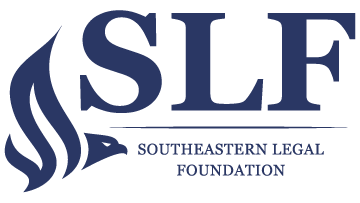Thomas Jefferson High School (“TJ”) is a magnet school in Fairfax County, Virginia that is consistently ranked one of the best public high schools in the nation. Due to its high caliber, students in the surrounding area must apply for admission.
But following racial unrest in the summer of 2020, the Fairfax County school board abruptly changed TJ’s admissions policy. It reasoned that TJ needed to be more “diverse” and accept more “underrepresented” students. But the student body was already over 70% Asian-American. The board made it clear that when it talked about increasing admissions for “underrepresented” students, it really meant admitting more black and Hispanic students and decreasing the number of enrolled Asian-American students. Now, parents represented by Pacific Legal Foundation are fighting back and suing the county for racial discrimination.
Southeastern Legal Foundation (SLF) filed an amicus curiae brief with the United States Supreme Court urging the Court to take up the case because it is unconstitutional for schools to group students by race to achieve a certain racial makeup among their student body.
Read More
Knowing that it is plainly unconstitutional to adopt a race-based quota in its admissions policy, the Fairfax County school board adopted an admissions policy that seems race-neutral on its face. But in reality, the policy achieved exactly what the board members wanted: an increase in representation of some races among the student body, and a decrease in Asian-American students. As SLF wrote in its brief, this is called racial balancing, and it violates the Fourteenth Amendment.
